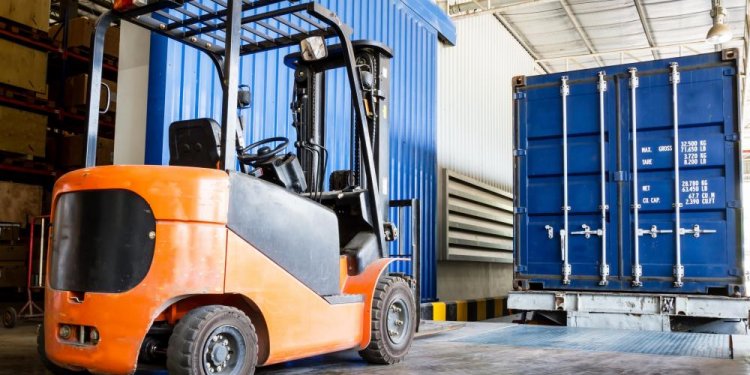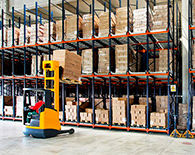
Forklift Truck insurance
Like many businesses, your company may own mobile machinery. Examples are a backhoe or a truck-mounted crane that you use on your premises or at a job site. In the insurance industry, such machinery is called mobile equipment.
This article will explain what mobile equipment is, and how it differs from an auto. Next, it will describe how mobile equipment is typically insured for liability. Finally, it will outline some issues that can arise when mobile equipment is driven on a public road.
Mobile Equipment Versus Auto
Auto and mobile equipment are defined terms in the ISO general liability and commercial auto policies. The definitions in one policy are identical to those in the other.
Both policies define auto as a land motor vehicle, trailer or semitrailer designed for travel on public roads. An auto is used for transit. Its primary purpose is to transport people or property over public roads.
In contrast, mobile equipment is used to perform an operation like digging, scraping, or lifting large items (think crane or forklift). It is used primarily off public roads. Mobile equipment may be driven or conveyed on a public road from one job site to another. Yet, transportation is not its primary purpose.
The definition of mobile equipment includes of six categories of vehicles. These include vehicles:
- Designed for use off public roads, like forklifts or farm machinery
- Maintained for use on or adjacent to your premises. An example is a maintenance truck that never leaves your premises.
- That travel on crawler treads (such as an excavator)
- Used to carry shovels, loaders, diggers, road construction and similar equipment
- That are not self-propelled and are used to carry compressors, pumps, generators, cherry pickers are other equipment that is permanently attached. (If self-propelled, such vehicles are considered autos).
- That don't fall into categories 1-5 and are used for purposes other than the transportation of persons or cargo.

















